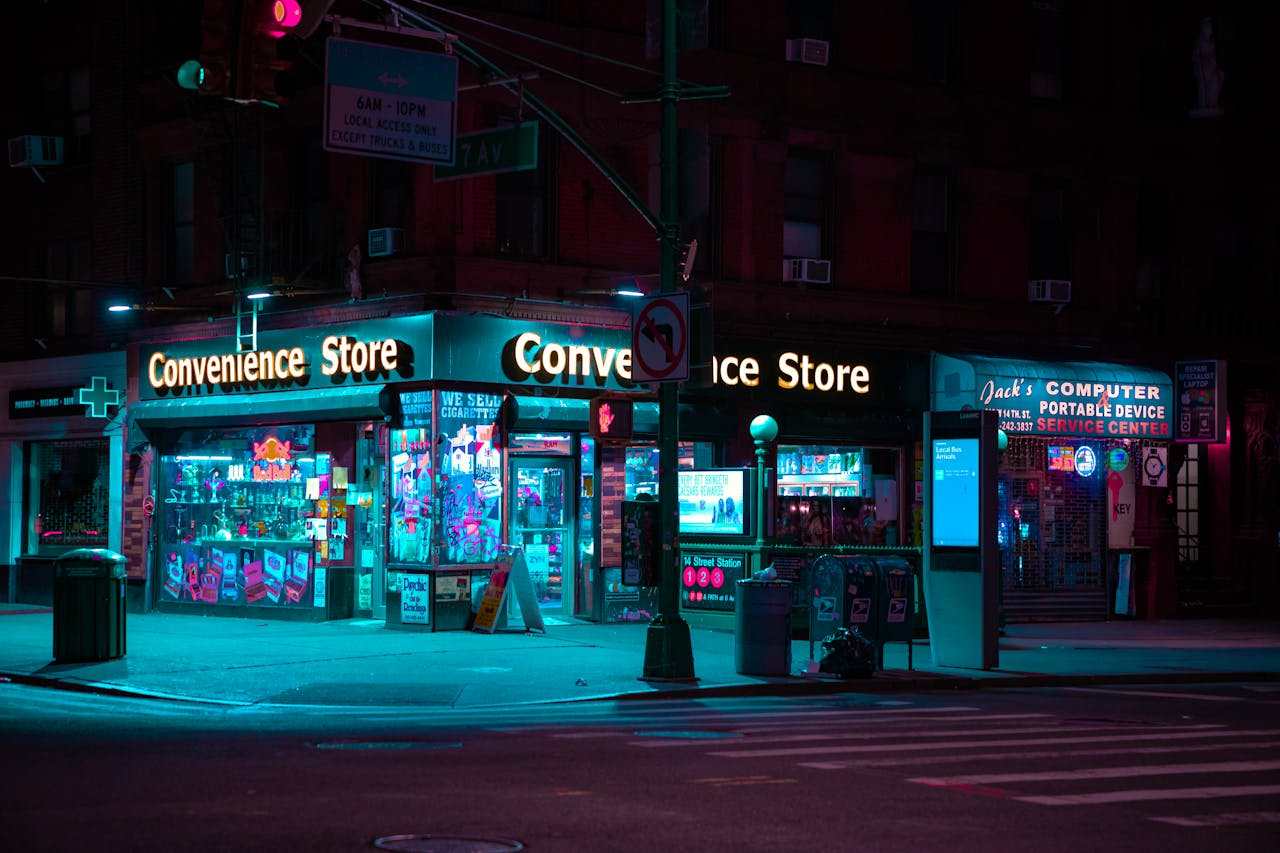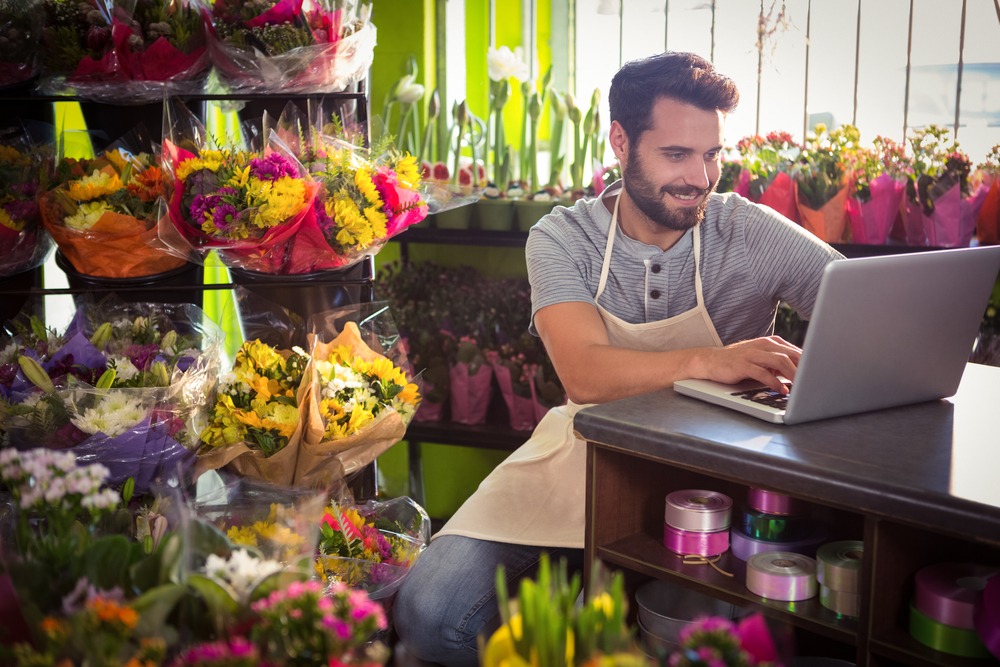In today’s digital world, customers don’t just stumble upon brick-and-mortar stores by chance—they search for them online first. Whether someone is looking for a nearby coffee shop, shoe store, or boutique, chances are they’re pulling out their phone and typing in “near me” before deciding where to go. That’s where local SEO comes into play. For physical businesses, optimizing for local searches can mean the difference between being invisible and being the first stop for new customers.
Here are a few practical local SEO strategies brick-and-mortar stores can use to boost visibility and attract foot traffic.

1. Optimize Your Google Business Profile
A complete and accurate Google Business Profile (GBP) is essential for local visibility. Make sure your business information—name, address, phone number, hours, and website link—is consistent and up-to-date. Upload photos of your storefront, products, or even behind-the-scenes shots to give potential customers a feel for your business. Encourage satisfied customers to leave reviews, as positive ratings help your store stand out in local searches.
2. Focus on NAP Consistency
Your Name, Address, and Phone Number (NAP) should be identical across every platform—your website, social media pages, local directories, and review sites. Even minor inconsistencies, like abbreviations or outdated phone numbers, can confuse search engines and hurt your rankings. Consistency builds trust with both customers and Google.
3. Leverage Local Keywords
Instead of only targeting broad keywords like “clothing store” or “bakery,” add a local spin. For example, “bakery in downtown Lancaster” or “clothing store near Reading, PA.” Incorporating your city, neighborhood, or even nearby landmarks into your content helps Google connect your store with relevant local searches.
4. Collect and Respond to Customer Reviews
Reviews are more than just testimonials—they’re a key ranking factor in local SEO. Ask customers to leave honest reviews on Google, Yelp, or Facebook. Responding to reviews, whether positive or negative, shows that you value customer feedback. This not only builds trust with potential visitors but also signals to search engines that your business is active and reputable.
5. Optimize for Mobile Users
Most local searches happen on smartphones, so your website should be mobile-friendly. A site that loads quickly, displays well on smaller screens, and includes easy-to-find contact information makes it easier for on-the-go customers to choose your store.

6. Use Local Business Directories
Submitting your business to local directories and citation sites can expand your online presence. Focus on trusted platforms like Yelp, Bing Places, or industry-specific directories. Just remember to keep your NAP details consistent.
7. Create Locally Relevant Content
Content marketing plays a role in local SEO, too. Write blog posts or share updates that highlight local events, community involvement, or collaborations with nearby businesses. This not only builds brand awareness but also gives you opportunities to naturally use local keywords.
Why Local SEO Matters for Brick-and-Mortar Stores
Local SEO isn’t just about ranking higher—it’s about connecting with customers at the exact moment they’re searching for what you offer. By taking steps to improve visibility in local searches, brick-and-mortar stores can drive more foot traffic, increase sales, and strengthen community presence.
In short, if your store relies on local customers, investing in local SEO is one of the smartest digital strategies you can adopt.